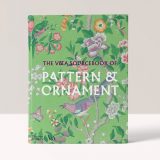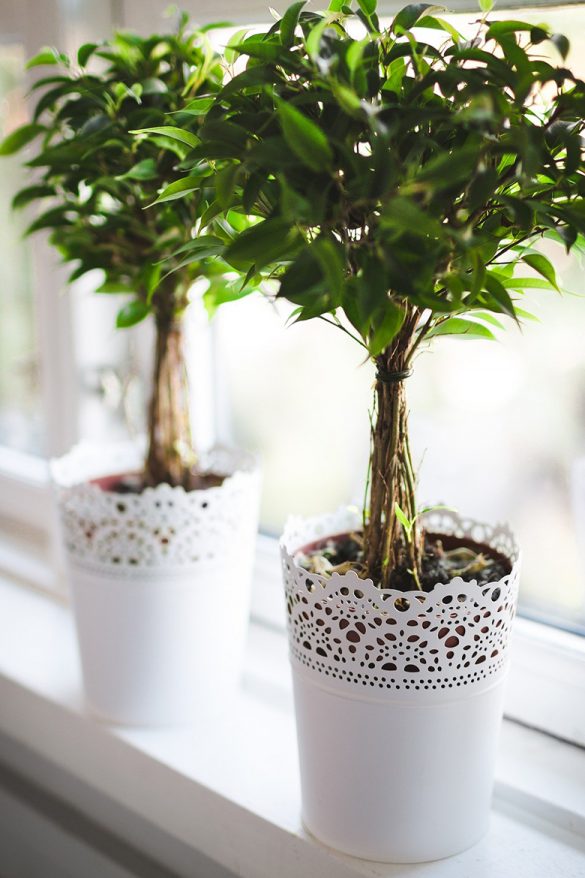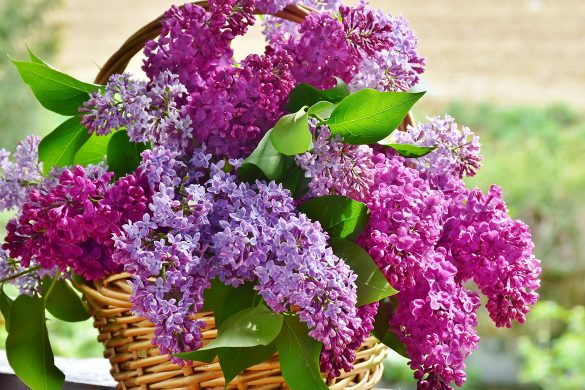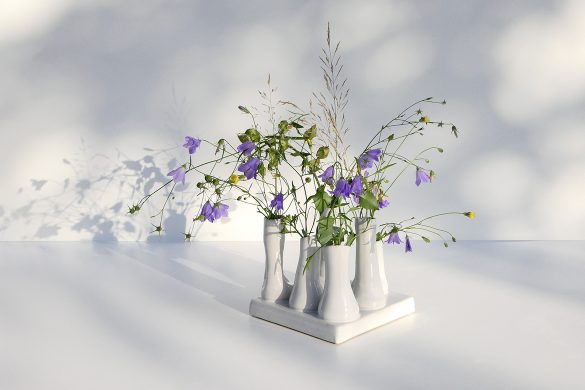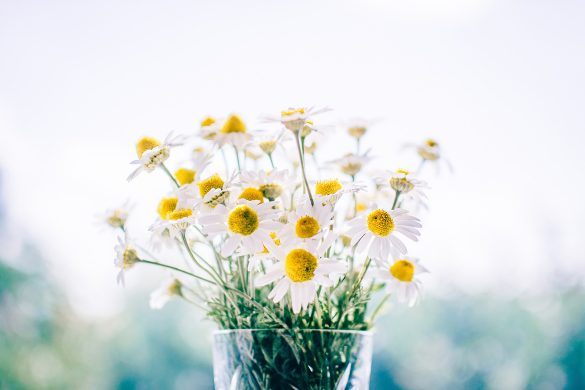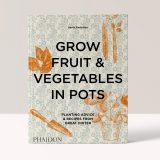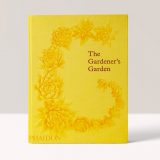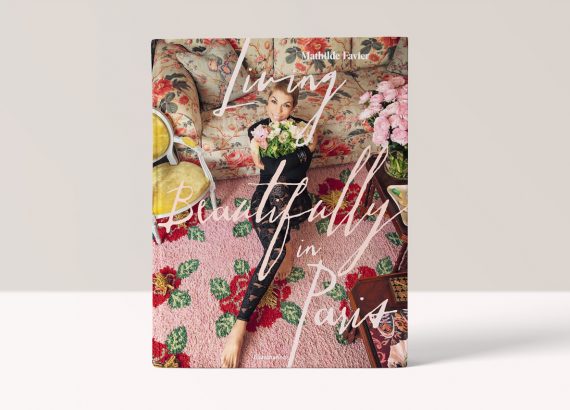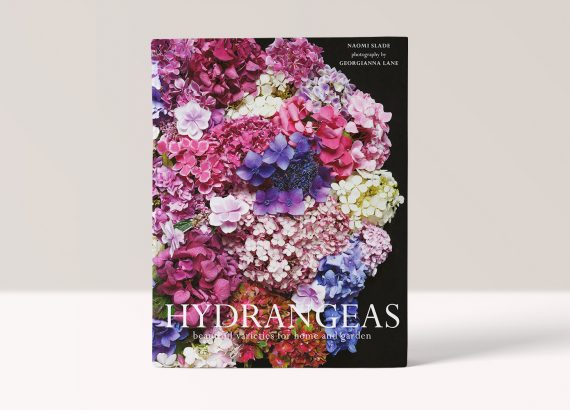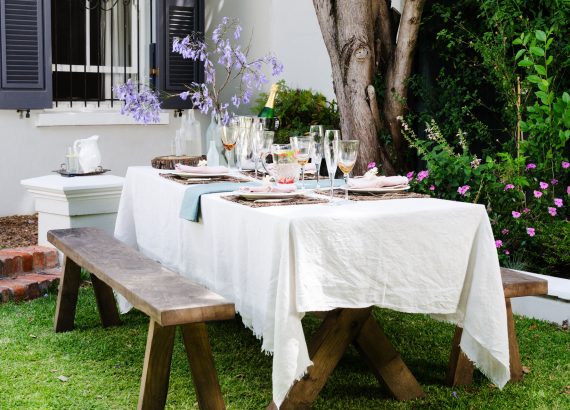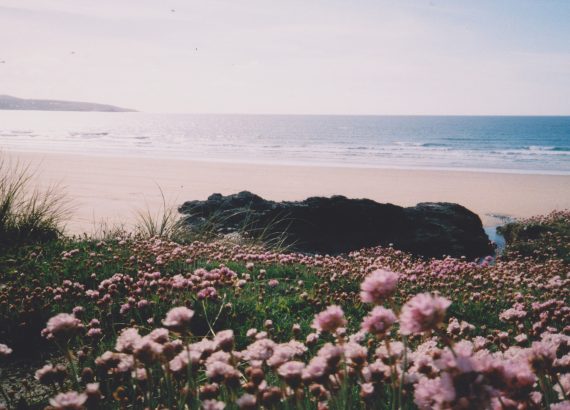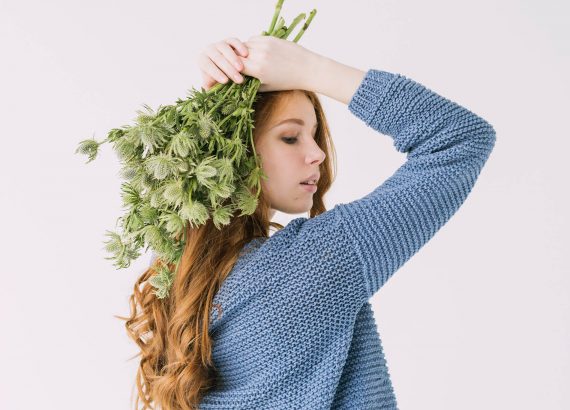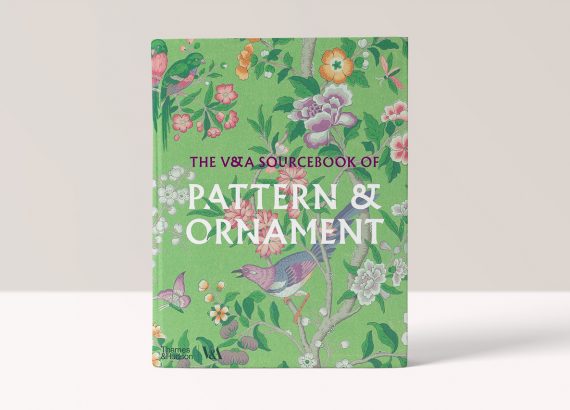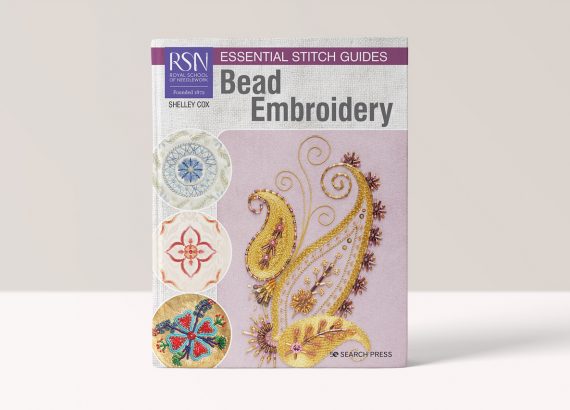Styling your Home with House Plants
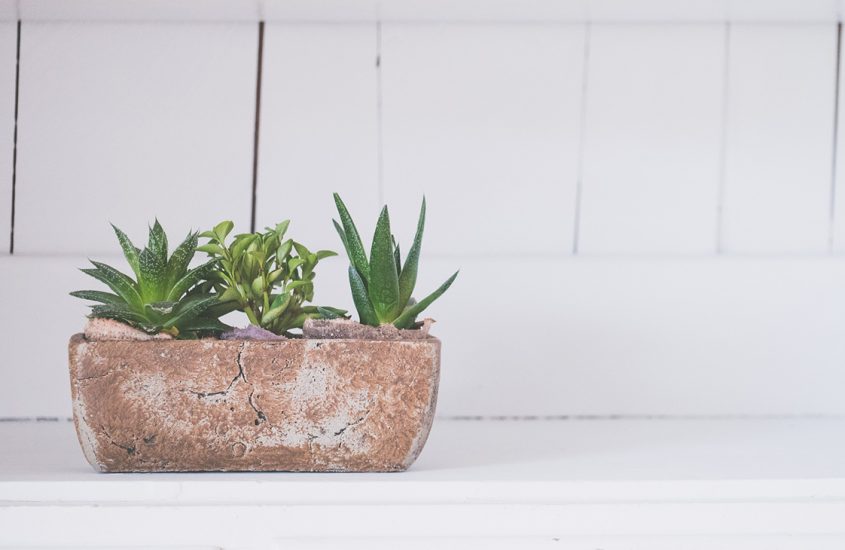
For many people, particularly those living in urban areas, access to a garden may be limited to a balcony, or small courtyard garden. Inside their properties, however, they may have more space, and this is where there is plenty of opportunity to experiment with house plants.
In house design, indoor plants have had an interesting history, if you look back in time at some of the traditional house plants, it wasn’t the most exciting combination of plants. Homes in the sixties and seventies would often have rubber plants, cacti, spider plants, African violets, begonias and coleus, that perhaps sat gathering dust in a corner, or on window-sills.
There are many more choices today in the variety of house plants available, and in many homes, house plants are even bigger and more exotic. But before you start to buy your collection of house plants it’s perhaps worth spending time and thinking about how you plan to incorporate the house plants into your home.
Where
One of the first considerations is where you want to position the house plant. The main reason for this is that they grow! For example, Monstera Deliciosa, also called Swiss Cheese Plant is very popular with many people. However, it can grow to great heights and with wide leaves can suddenly take over more than just the corner of a room. Many other plants favoured by people today may look stunning in a shop display, but only when positioned in your home do you realise that it takes up perhaps more room than you first anticipated.
Many people purchase plants to improve the air quality in their homes which will then determine where they may be positioned. In the initial stages of buying a house plant you may start with a few house plants just to add to the décor of a room, but as your collection grows you may need to consider where to position them in the same way as you would with any collection.
As mentioned above, think about the longer term outcome of a plant’s development, every plant comes with its own development plan to help it grow healthily, there is no point thinking about the design/aesthetic perspective and ignoring the long term needs of the plant. Identifying a care plan for a plant is an important factor in considering where to position the plant. This may also need changing if a particular plant is not thriving where you have positioned it.
Display
Linked to the points above, as well as deciding where to position your individual plants, another consideration is how to arrange them if you have more than one plant. For many people starting to build a collection of plants this may not seem initially to be an issue, but as your collection grows you may want to take time to think of the best ways to arrange your plants, so that the larger plants do not overshadow the smaller plants. This is important not only in terms of the health of the plants, but also from a design/ aesthetic perspective. Displaying plants is the same as displaying any collection, but with one important difference as mentioned above, very few plants are static and may outgrow their initial positioning. However by contrast, some plants take much longer to grow than others, and this is an important factor when considering where to place them.
One way of doing this is to draw a layout of your room in the same way as you might plan your furniture, and experiment with where you would like to position your plants. There are so many options from free-standing plants positioned in containers on the floor, to plants on small tables, or using more creative ideas, e.g. bricks, wood, marble slabs. Some people create areas in their homes where they create a living wall, or bring the outside in with specially designed spaces in the form of modern day conservatories.
Some plants are specially designed to hang down e.g. String of Pearls, String of Hearts, or Spider Plants, and for these plants, a shelf provides a perfect resting place, provided the shelf is high enough to allow the plant to trail.
Glass containers provide another way of displaying plant collections, they can be purpose built terrariums, or repurposed aquariums, or other glass containers that provide the right conditions for plant to grow.
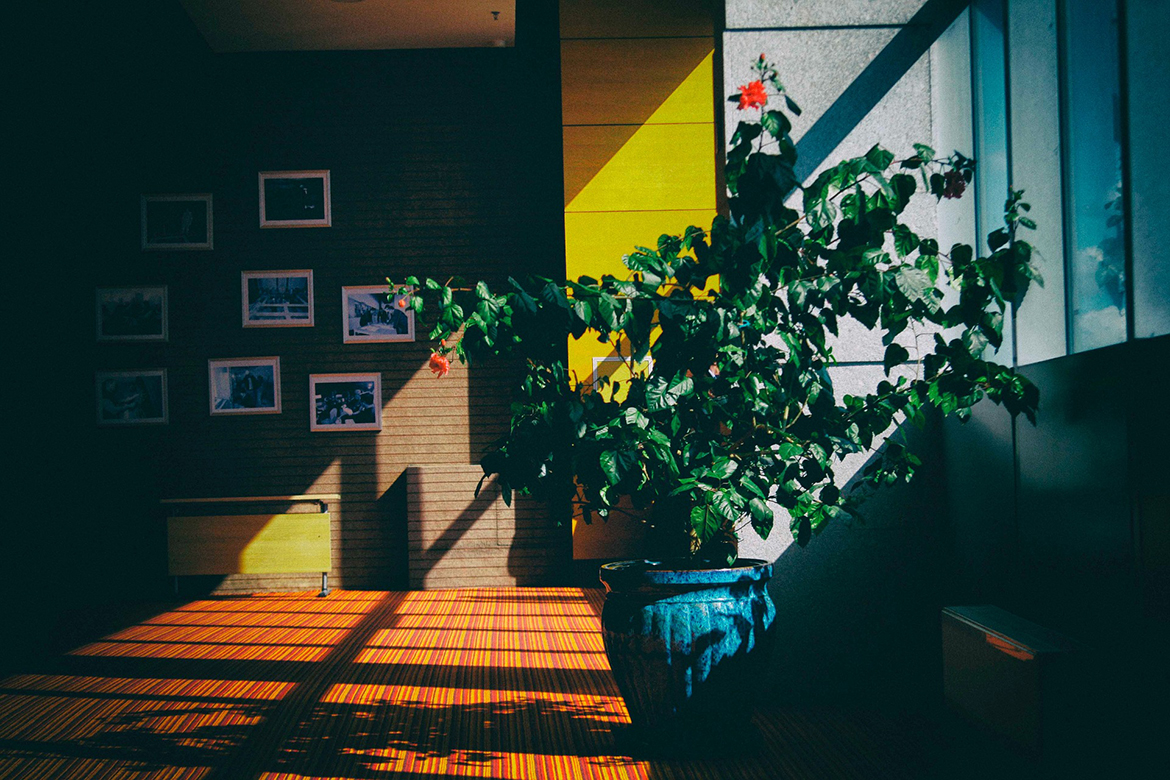
Macramé baskets and planters will also provide a different way of displaying trailing plants. Always take care when watering these plants. The best way is to remove them from the basket rather than risk water staining a wall, or furniture. One of the worst stains to remove is water from house plants as I learnt to my cost many years ago; when watering a plant in a rented property placed in a wicker container and not realising the water was leaking out at the bottom onto a cream carpet! The insurance assessor mentioned that stains caused by water from plants containing soil is almost impossible to remove!
Colour and texture
One of the reasons why some people don’t like house plants is because they feel that they don’t provide the same variety of colour as fresh flowers. However, in reality this is not the case, many house plants do in fact flower and the delicate beauty of some will rival many garden flowers. In addition as well as flowering, others display beautiful shapes and designs on their foliage. As well their foliage, the containers that you choose to display your plants can also provide colour and texture.
Importantly it shouldn’t really be a choice between plants or flowers, both can co-exist very happily, plants can provide all year round greenery, which can be supplemented by fresh cut flowers when in season.
Propagation
Small is beautiful! While some people like large showy house plants, seeing a line of bottles with tiny leaves and roots beginning to grow can be a source of joy. There is something quite special about propagating your own plants. Seeing new life start to develop, is a source of daily excitement and provides a display in a very natural way.
It is important to do this carefully as plants need to be potted on at the right stage in their development to make sure they are able to adapt to a soil environment, but being able to see that the initial propagation is taking place is wonderful.
Can you have too many house plants?
The important factor is making sure that the house plants are cared for properly and that you have enough space for them to grow. If you have pets, or young children you need to be aware of the dangers of any plants if they are touched, or eaten. Tired, dusty plants with yellowing, or brown leaves, that have outgrown their pots, or just look sad and neglected are not conducive to healthy living and like any item in your home, there is a question, do they bring joy, or are they just another form of clutter?
If you lived in a shared house, you may have to take other people’s interest in plants into consideration, or you travel a lot it will also be important to think about the care and maintenance of a plant in your absence.
Owning house plants can be a very enjoyable activity, but like owning a pet, they do come with a level of responsibility, but if handled with care can be a source of joy and happiness for many years to come.
You may also be interested in our recent review of Plant Tribe: Living Happily Ever After with Plants by Igor Josifovic and Judith De Graaf (Abrams, £25), a fabulous book about how living with plants can be life-changing.
If you would like to find out more information about how to look after house plants you might like to have a look at Peacelily, a sister website made by our creative director packed full of information about plants both inside and out.
For other inspiration about how to style your home you may like to visit our Homes and Gardens Directory where you will find delightful examples of interior and exterior design.


